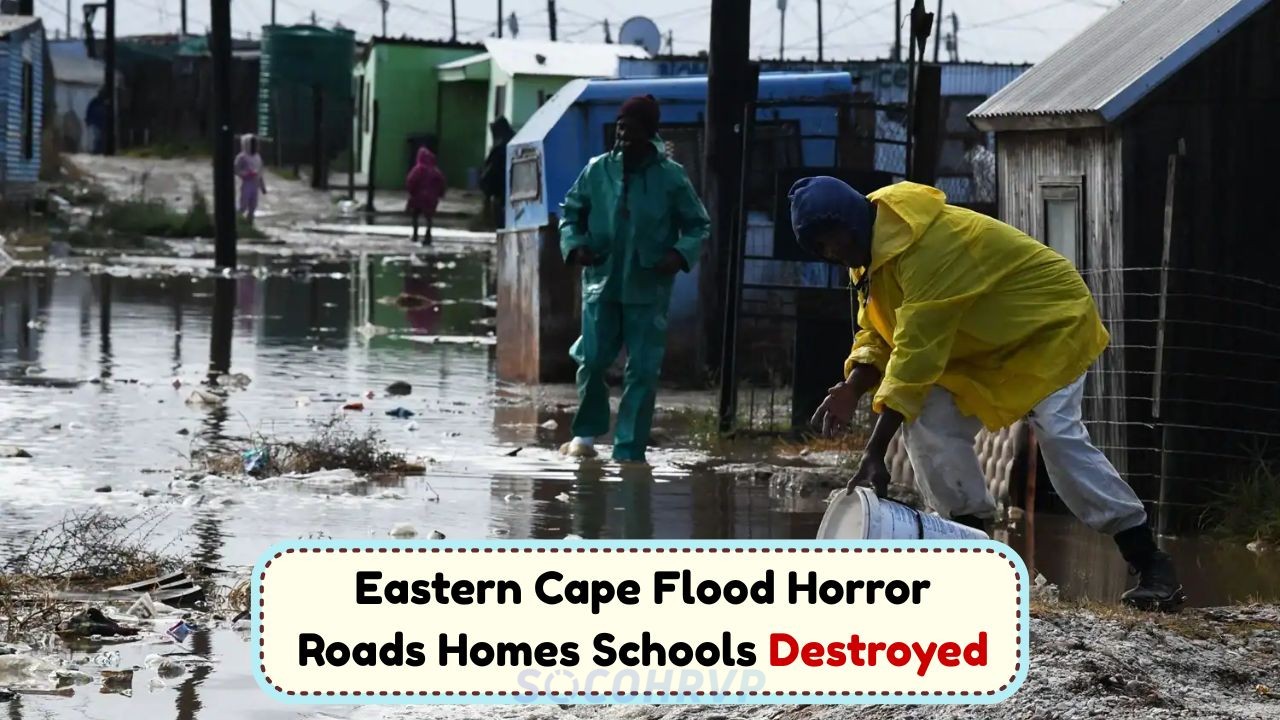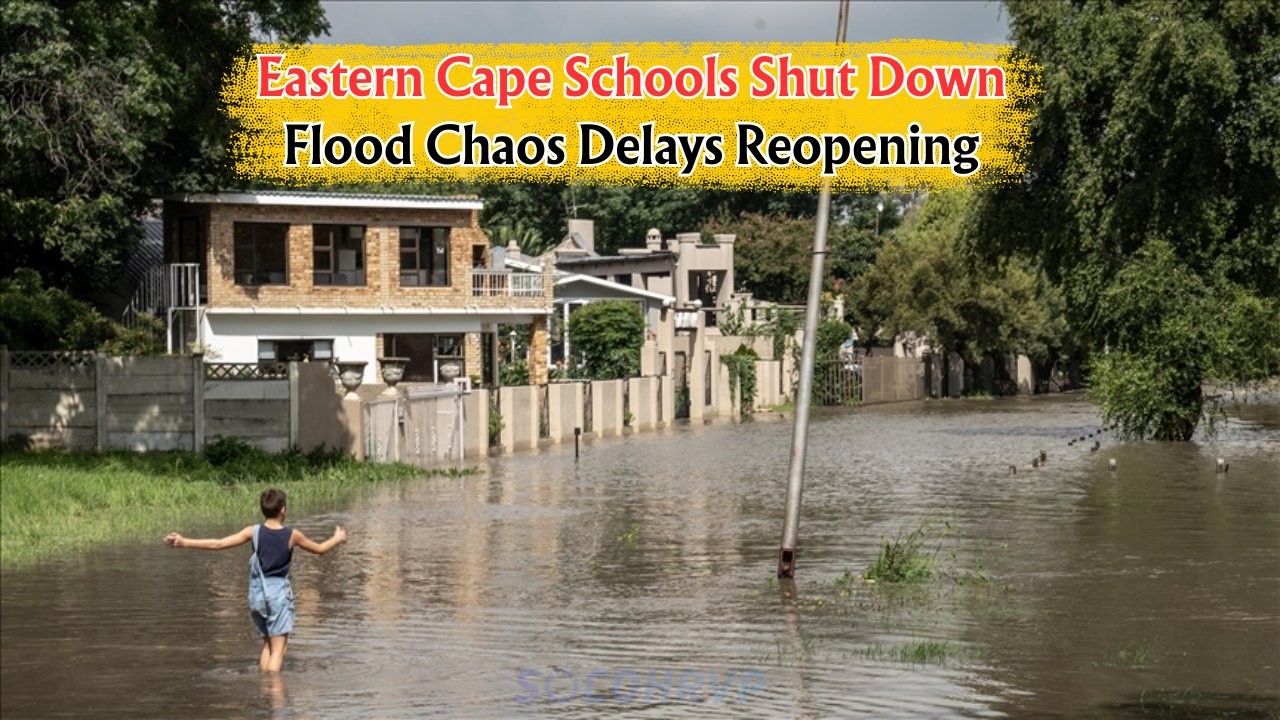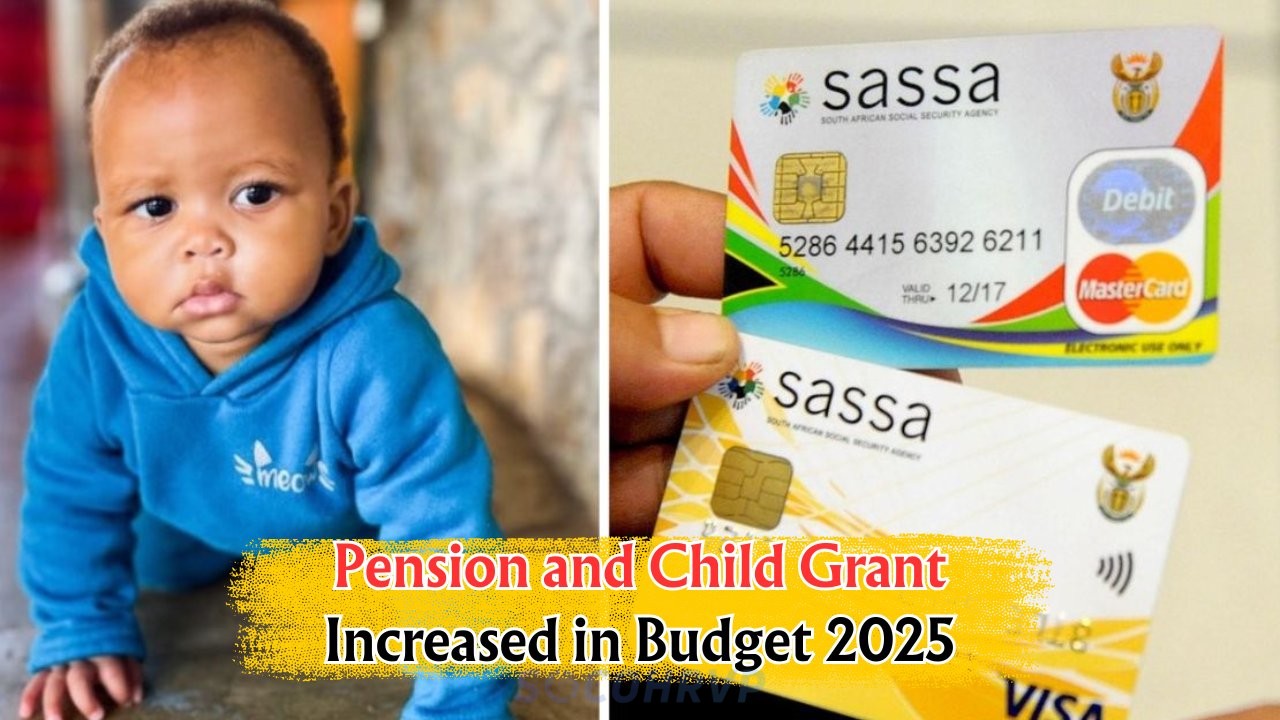Tragic June Storms in the Eastern Cape: The Eastern Cape province in South Africa was hit hard by devastating June storms, resulting in severe floods that claimed 103 lives. The impact on infrastructure was catastrophic, with schools and roads bearing significant damage. The region, already vulnerable due to socio-economic challenges, found itself grappling with a natural disaster of unprecedented scale, disrupting daily life and threatening the livelihoods of countless residents. The floods highlighted the urgent need for improved disaster preparedness and resilient infrastructure to safeguard against future calamities.
Impact of the Eastern Cape Floods on Communities
The Eastern Cape floods left a deep scar on the communities, affecting thousands of people. Homes were swept away, and many residents were left homeless, seeking refuge in temporary shelters. Families faced the daunting task of rebuilding their lives from scratch, while the regional economy took a significant hit. The agricultural sector, a vital part of the local economy, suffered immense losses as crops were destroyed and livestock perished. Moreover, access to essential services was severely disrupted, with many areas cut off due to damaged roads and bridges.
- Over 1,000 homes destroyed
- Thousands of hectares of farmland flooded
- Widespread power outages
- Supply chain disruptions
- Increased risk of waterborne diseases
Government Response to the Flood Disaster
In response to the disaster, the South African government mobilized resources to provide immediate relief to the affected communities. Emergency services were deployed to conduct rescue operations and distribute essential supplies such as food, water, and medical aid. The government also announced plans for rebuilding and rehabilitating the affected areas, with a focus on upgrading infrastructure to withstand future extreme weather events. Collaboration with non-governmental organizations and international partners was crucial in ensuring comprehensive support for the recovery efforts.
 Eastern Cape Students Brace for Extended July 2025 School Shutdown as Flood Repairs Linger
Eastern Cape Students Brace for Extended July 2025 School Shutdown as Flood Repairs Linger
| Response Action | Details |
|---|---|
| Rescue Operations | Conducted by emergency services |
| Relief Supplies | Distribution of food and water |
| Medical Assistance | Provided to affected individuals |
| Infrastructure Repair | Rebuilding roads and bridges |
| Partnerships | Collaboration with NGOs |
Long-term Effects of the Floods on the Region
The long-term effects of the Eastern Cape floods are expected to be profound. The destruction of infrastructure has delayed recovery efforts, while the economic impact continues to be felt across various sectors. The education system has been disrupted, with many schools damaged or inaccessible, affecting thousands of learners. Additionally, the psychological impact on residents, particularly children, is significant, requiring long-term mental health support. The floods have underscored the necessity of incorporating climate resilience into regional planning and development strategies.
 Budget 2025 Brings Major Financial Relief with Pension and Child Grant Increases Confirmed
Budget 2025 Brings Major Financial Relief with Pension and Child Grant Increases Confirmed
- Disruption to education
- Economic downturn in local markets
- Increased demand for mental health services
- Need for climate-resilient infrastructure
Community Initiatives and Support Networks
In the aftermath of the floods, community initiatives and support networks have played a vital role in assisting affected residents. Local organizations have mobilized to provide shelter, food, and emotional support to those in need. Community-led rebuilding projects are underway, focusing on sustainable practices to ensure future resilience. Volunteers from across South Africa have joined forces to support recovery efforts, demonstrating the strength and solidarity of the South African spirit. These grassroots efforts are essential in complementing government initiatives and ensuring a comprehensive recovery.
- Community fundraising events
- Volunteer support from neighboring regions
- Psychological counseling services
- Local business support initiatives
Challenges in Rebuilding the Eastern Cape
Rebuilding the Eastern Cape presents several challenges, including limited resources and funding constraints. The scale of the destruction requires significant investment in infrastructure development, which is further complicated by existing economic challenges. Additionally, addressing the needs of diverse communities and ensuring equitable distribution of resources is critical to the success of recovery efforts. The region must also contend with the ongoing threat of climate change, necessitating adaptive strategies to mitigate future risks.
- Funding limitations
- Infrastructure development needs
- Equitable resource distribution
- Climate change adaptation
- Community engagement
Table: Key Recovery Challenges
| Challenge | Impact | Solution |
|---|---|---|
| Funding | Insufficient resources | Government and NGO partnerships |
| Infrastructure | Extensive damage | Resilient rebuilding |
| Resource Distribution | Inequity concerns | Community involvement |
| Climate Risks | Future threats | Adaptive strategies |
| Community Needs | Diverse requirements | Cultural sensitivity |
FAQ Section on Eastern Cape Floods
What caused the Eastern Cape floods?
Unusually high rainfall and poor drainage systems contributed to the floods.
How has the government responded to the floods?
By mobilizing emergency services and announcing infrastructure rebuilding plans.
What are the long-term economic impacts?
Significant losses in agriculture and disruptions in local markets.
How can communities prepare for future floods?
By investing in climate-resilient infrastructure and community awareness programs.






